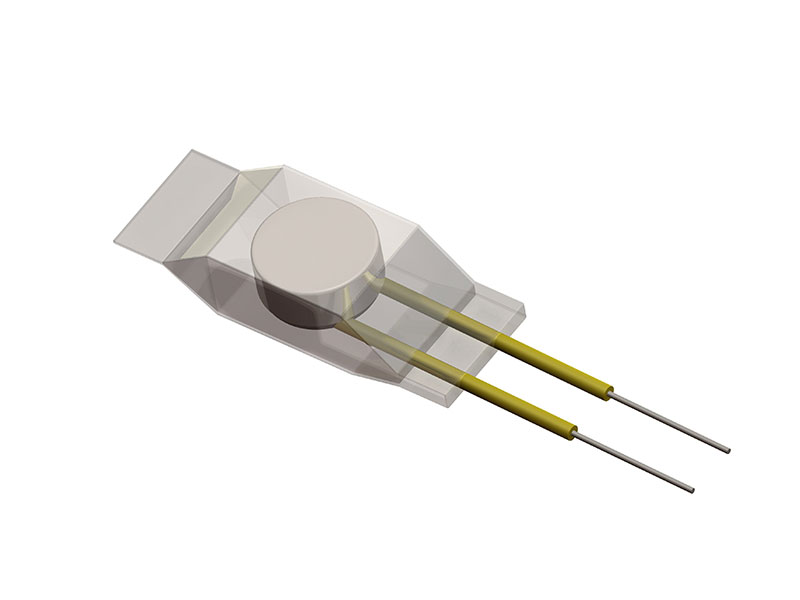What are the requirements for the installation of the motor thermal protector?
 Aug 02, 2021|
Aug 02, 2021| View:616
View:616The motor thermal protector is a kind of temperature controller that adopts a bimetal plate as its temperature sensing component. When the electrical appliance is working normally, the contact of the thermal protector is in the normally open or normally closed free state.
When the electric appliance is working for too long or abnormal, the temperature rises to the action temperature set by the protector, its bimetal sheet will act quickly due to internal stress caused by heat, so as to effectively disconnect or close the circuit. In this way, the temperature is controlled to a certain extent.
When the electrical cooling returns to the set-reset temperature, the contact of the motor thermal protector automatically closes/opens to restore the normal working state.

Motor thermal protectors are widely used in motors, electric heaters, air conditioners, and other electronic products because of their low production cost and accurate and stable operating temperature.
Installation precautions:
1. The lead should be bent from the parts more than 6 mm away from the root; When bending, do not damage the root and lead, do not forcibly pull, press, twist lead.
2. When the motor thermal protectoradopts screw, riveting or binding post fixing mode, it should be able to prevent mechanical creep and bad contact phenomenon.
3. The connecting parts should be able to work reliably within the working range of electrical products, without displacement due to vibration and shock.
4. When welding the lead wire, the heating humidity should be limited to the minimum, and no high temperature should be applied to the thermal fuse body. It is not allowed to forcibly pull, press or twist the fuse or the lead. After welding, it should be cooled for more than 30 seconds immediately.
5. The motor thermal protector can only be used under the specified rated voltage, current and specified temperature, especially the maximum continuous temperature that the thermal fuse can withstand.





